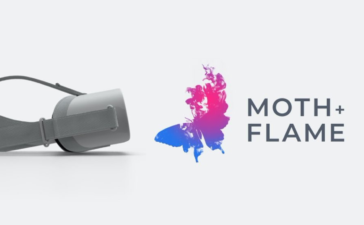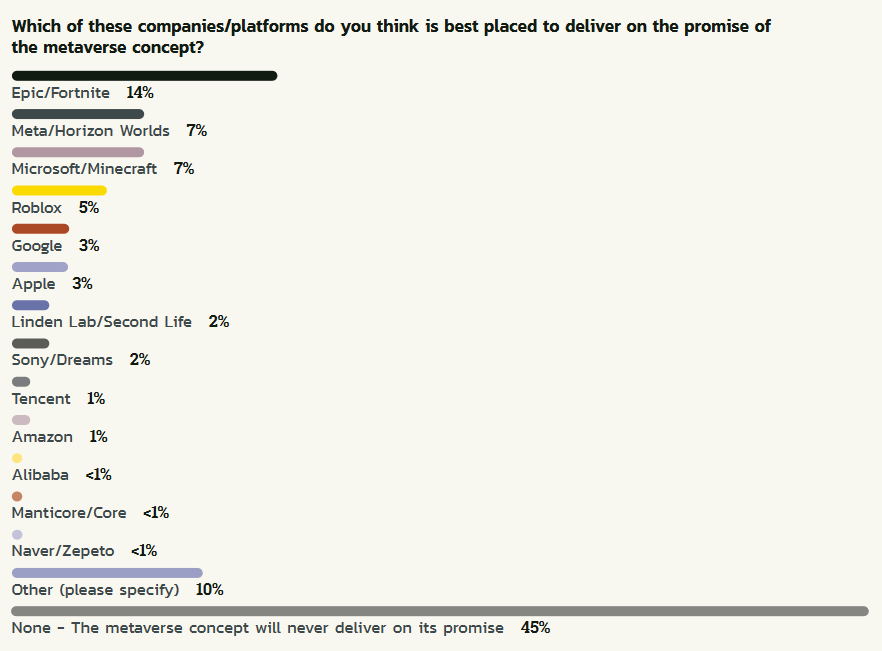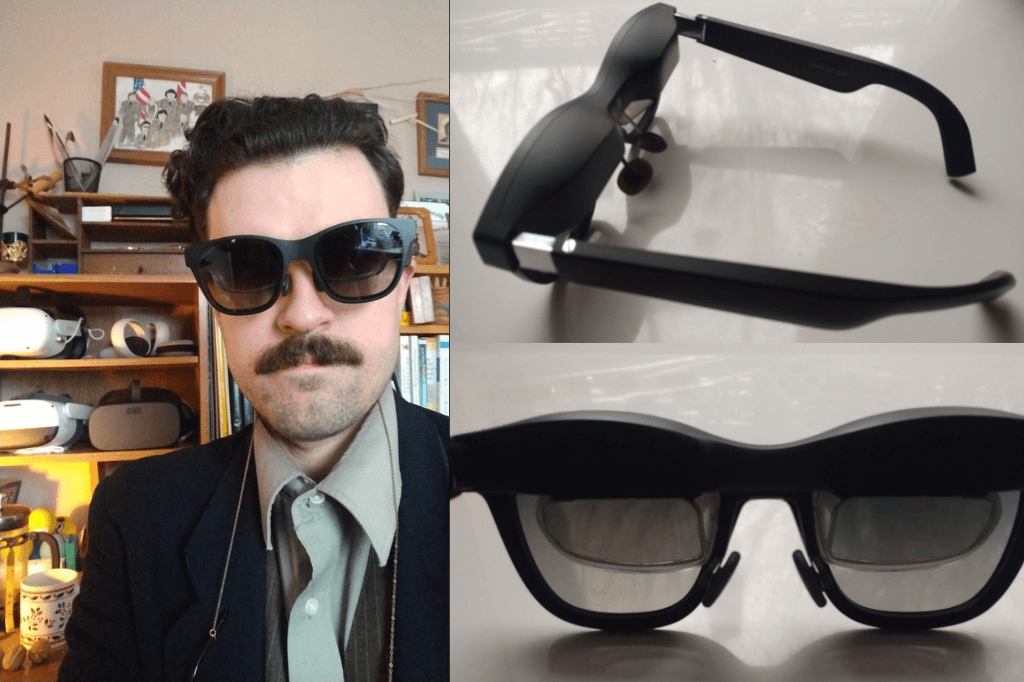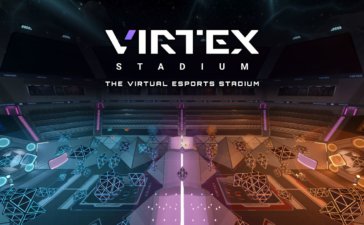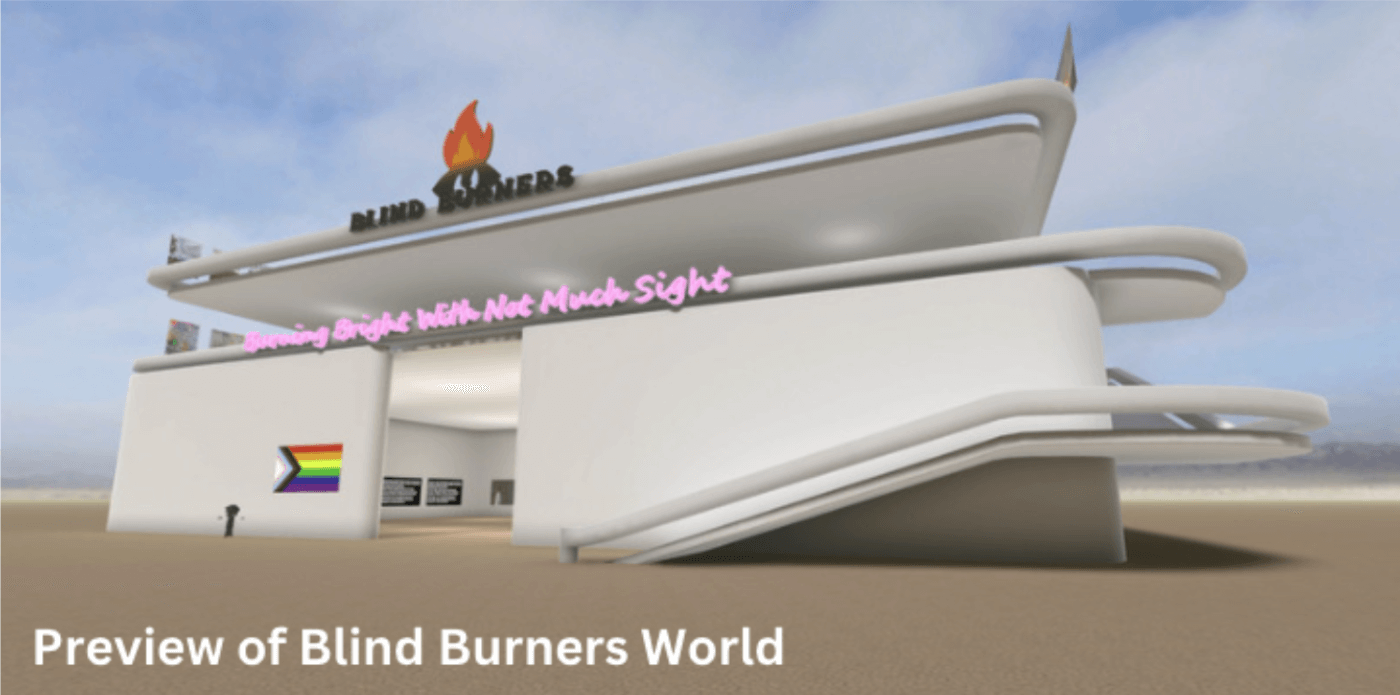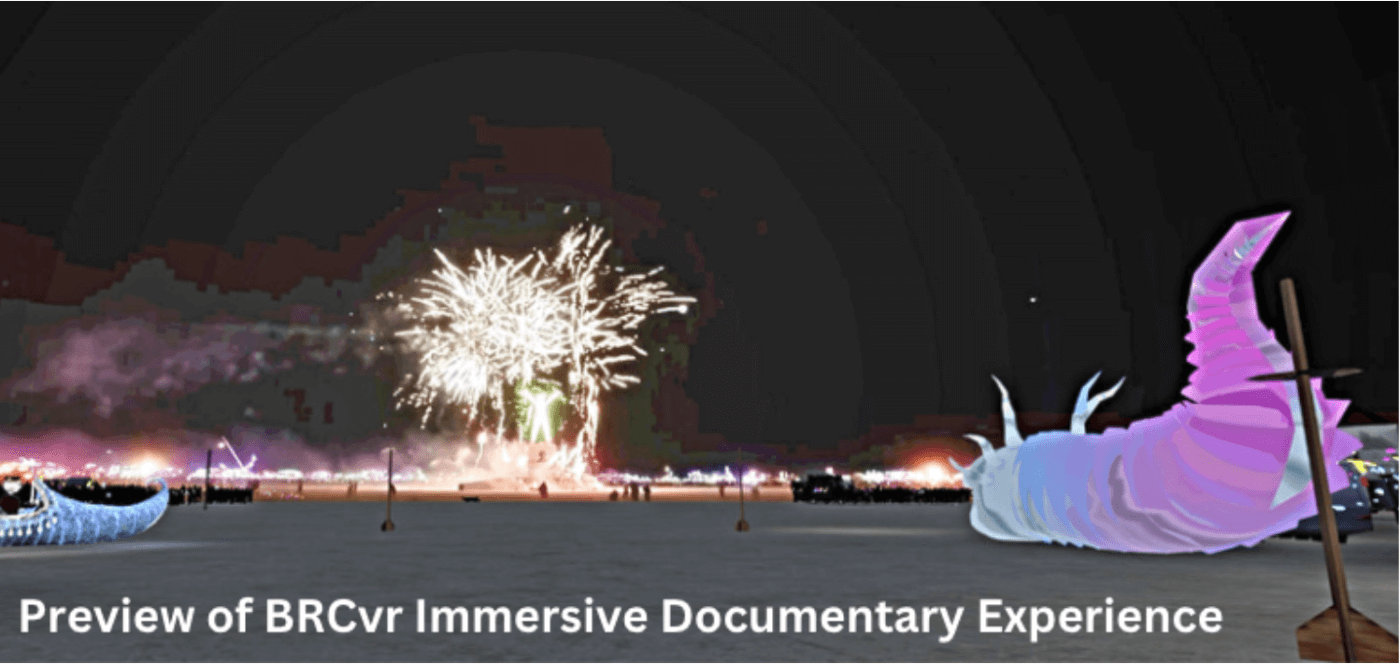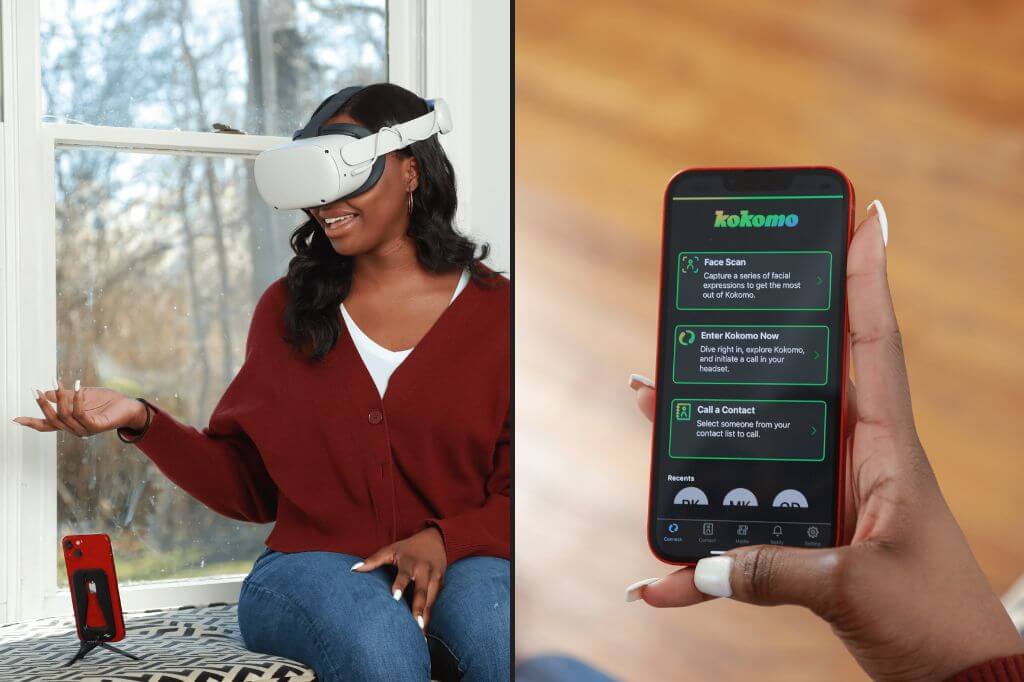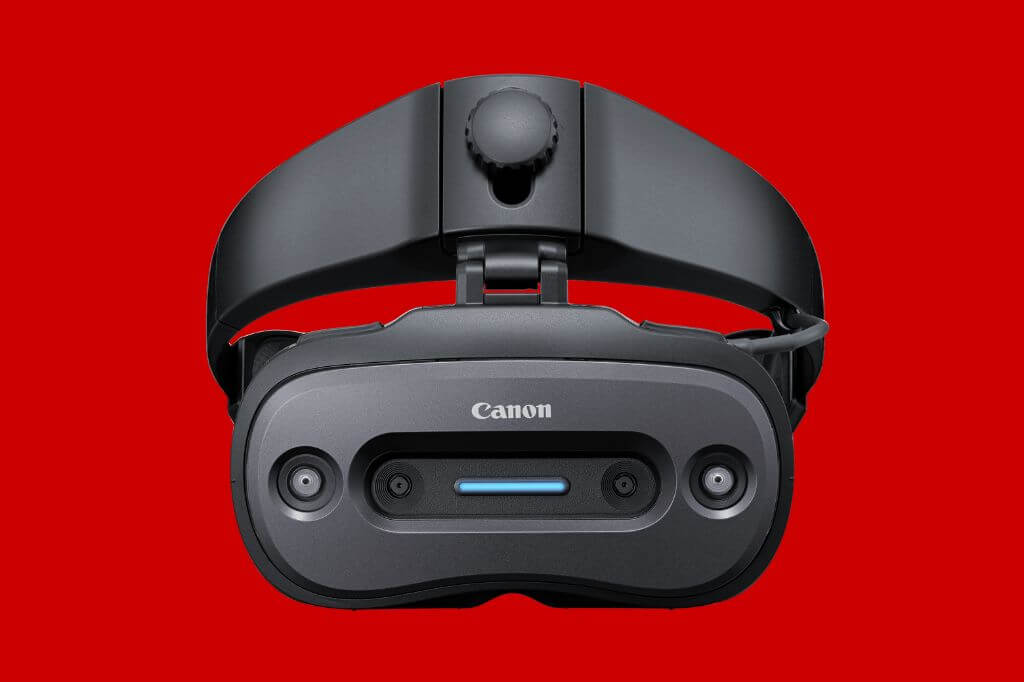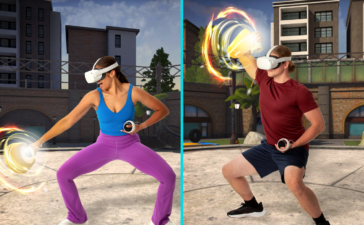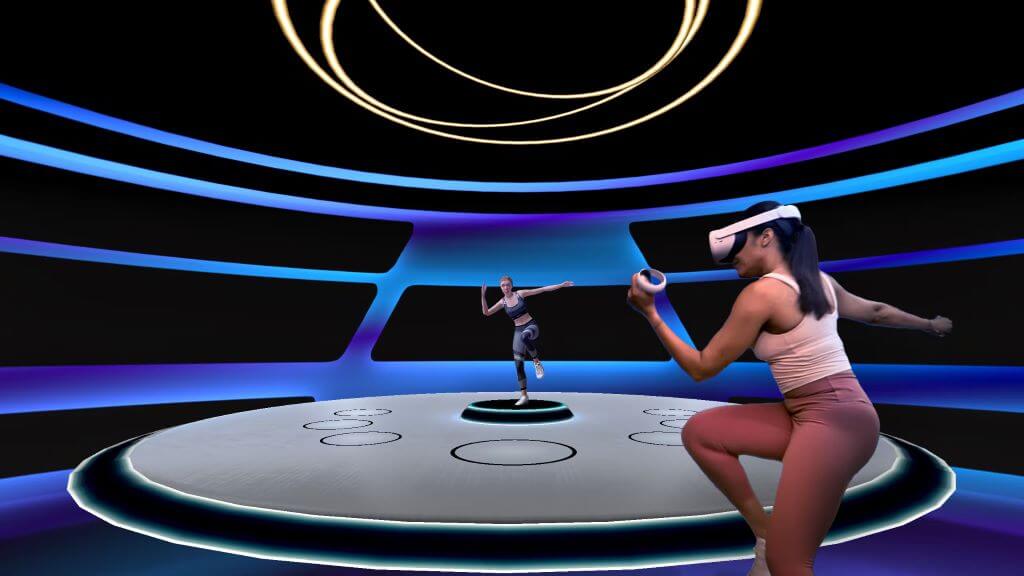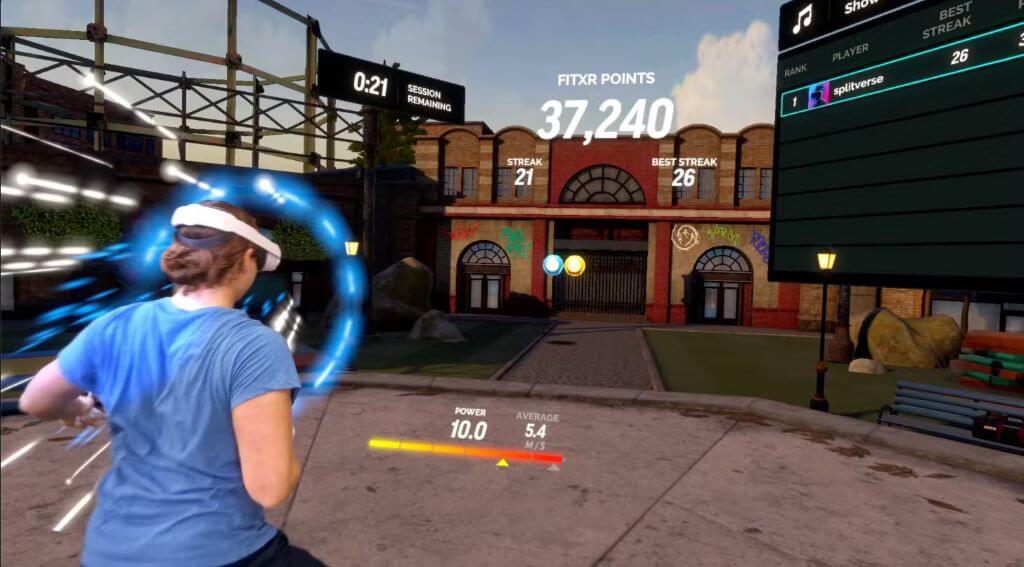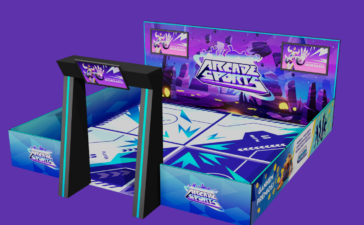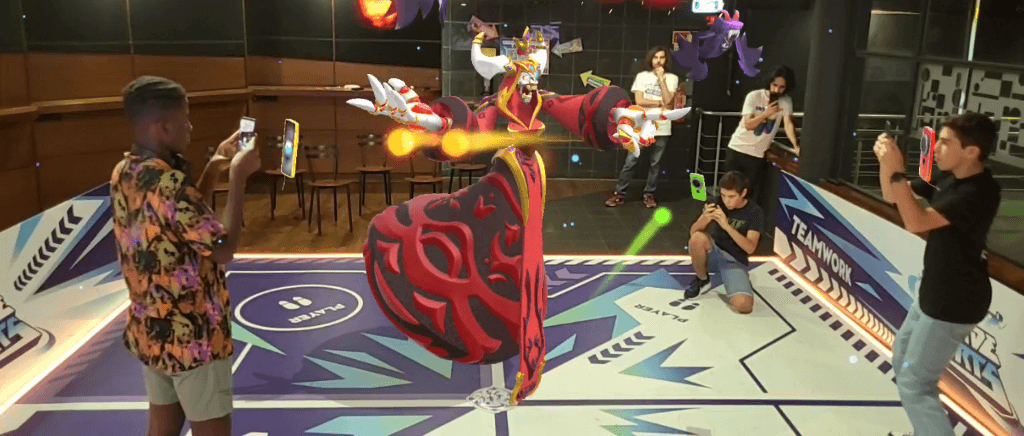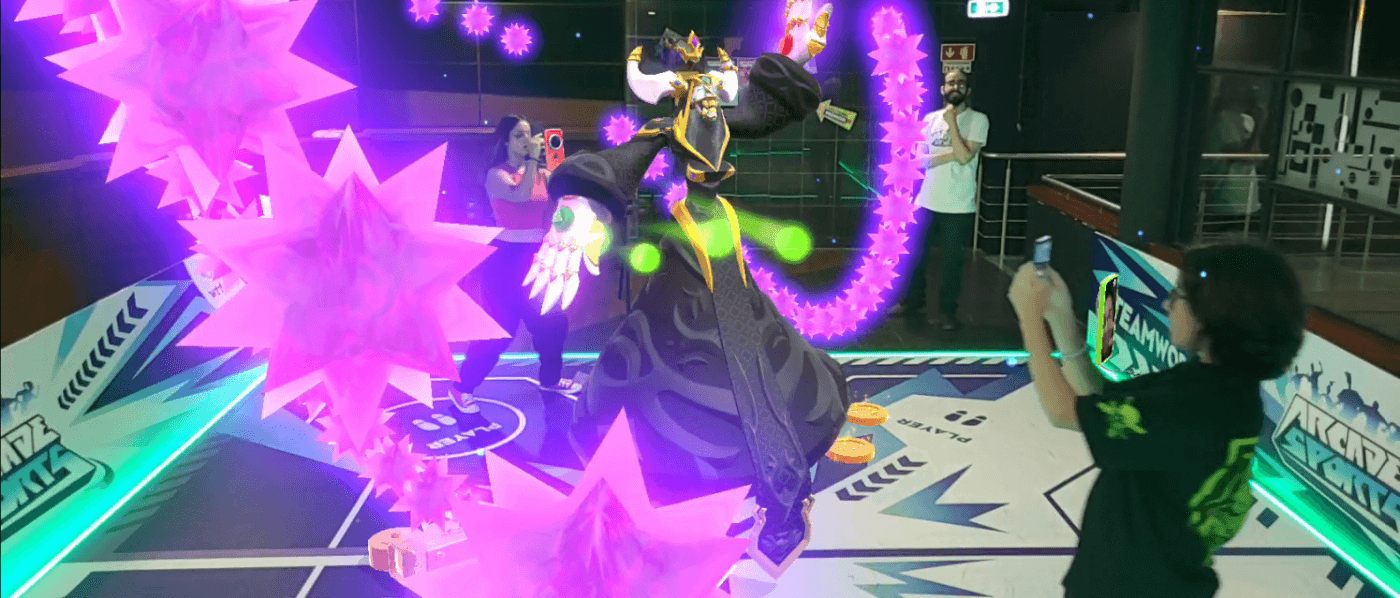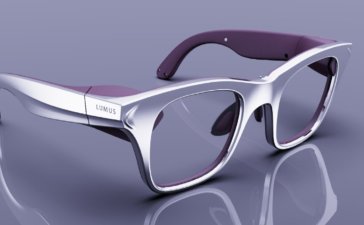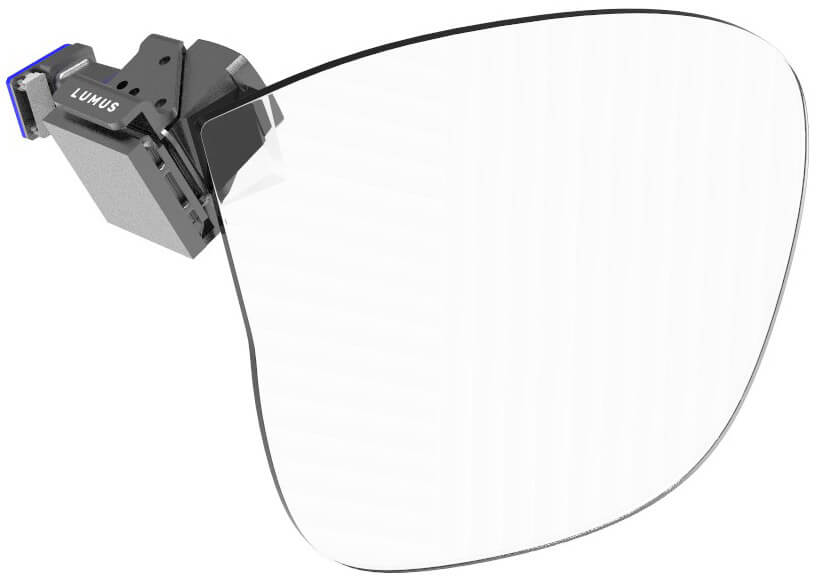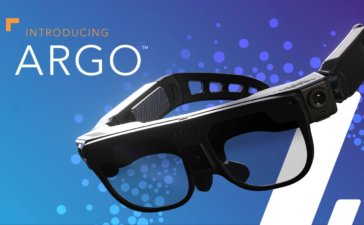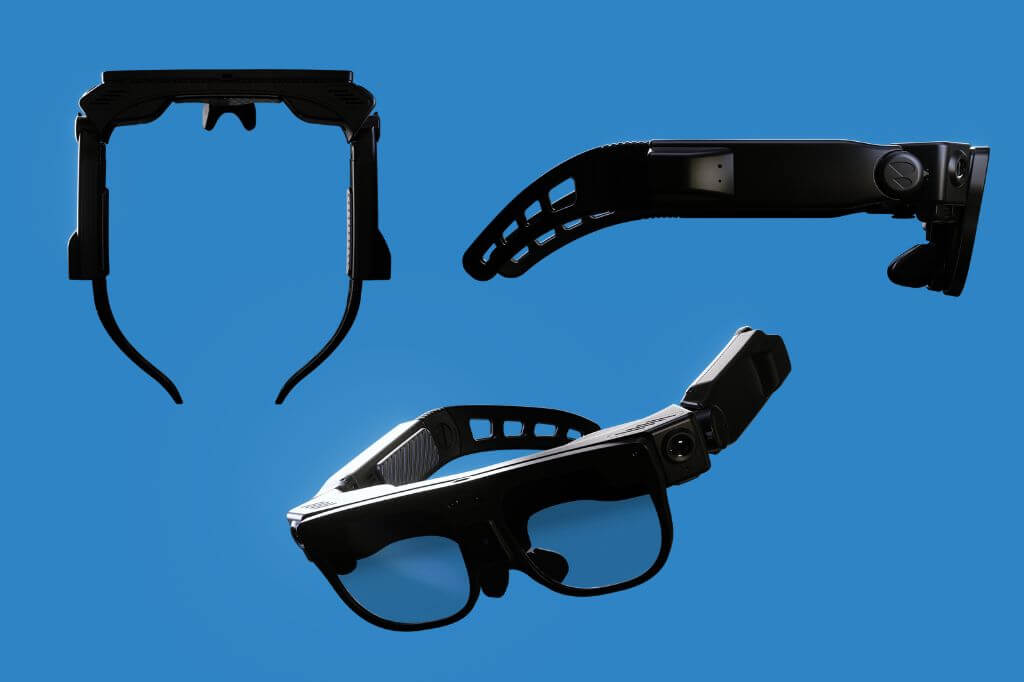Moth+Flame Launches AI-Powered VR Authoring Tool for Custom Enterprise VR Training Content Creation
A new VR authoring tool can potentially accelerate enterprise VR adoption this year. Invesco, a global investment firm, recently launched a virtual reality training experience they custom built using the new Moth+Flame’s VR authoring tool. Taking only 72 hours to develop, this custom VR training gives us a glimpse of the vast potential the new VR tool offers.
Moth+Flame VR Authoring Tool Addresses Challenges in VR Content Creation
In one of the most recent PwC surveys of PwC, 51% of companies have built VR into at least one specific line of business or are in the process of integrating VR into their processes. Many companies also see the benefits of VR as an effective way to develop and train people.
While the adoption of VR in enterprises is steadily increasing, enterprises face several challenges that hamper VR integration. Among these are the long development time and the level of expertise needed to create VR content.
Moth+Flame, a VR technology platform that specializes in enterprise-grade immersive learning solutions, addresses some of these challenges to accelerate the adoption of VR.
Ushering a year of great leaps in tech development, Moth+Flame launched a new VR authoring tool that leverages generative artificial intelligence. The new tool allows users to build custom VR content faster and easier. It empowers metaverse content creators and enterprise users to fast-track the development and adoption of VR across industries.
Empowering Novice Users to Create Immersive VR Content
Built on an advanced AI-driven platform, the VR authoring tool generates immersive training content that feels hyper-realistic and engaging. Voice-activated features prompt users to speak to navigate the training scenario. The interactive and immersive experience enhances training as it reinforces learning objectives and improves knowledge retention.
With its user-friendly interface, the platform can be used for VR content creation even by novice users with little or no technical expertise. Drag-and-drop editors and 3D asset libraries help users create high-quality immersive experiences. Multi-user support allows collaboration within teams and among learning and development departments. All these features enable enterprises to revamp existing training or create new ones that are more engaging and effective.
Invesco Uses Moth+Flame VR Authoring Tool to Build VR Training
The Moth+Flame VR authoring tool is still in its beta phase, but it has already shown how it can revolutionize VR use at the enterprise level. Invesco, the first early-access user to bring this technology to workforce development, has shown the benefits the tool brings to enterprise training.
Last week, Invesco launched their new VR training that was built using the Moth+Flame authoring tool. While the average development time for a VR training program is around eight to ten weeks, Invesco was able to build theirs in just 72 hours. Moreover, they were able to create VR content tailored to their specific requirements.
The new VR training is designed to help the Invesco sales team in handling customer complaints and concerns. Sales representatives use VR headsets to practice conversations with customers in realistic simulated scenarios. By adopting the Moth+Flame authoring tool, Invesco can generate other immersive training experiences across their enterprise.
“The biggest challenge for all education is the scale of content creation. So much enterprise training is limited to low-scoring e-learning products because of scale limitations,” said Kevin Cornish, CEO of Moth+Flame. “So much enterprise training is limited to low-scoring e-learning products because of scale limitations. With this tool, enterprises will be able to scale their content creation across all use cases in virtual reality, the most effective training modality available.”
Paving the Way for Rapid Adoption of VR in Enterprises
Invesco, along with other global brands, is now implementing VR training to maximize efficiency in the workplace. With the new VR authoring tool from Moth+Flame, enterprises gain access to advanced technology that empowers them to create immersive VR training. They can easily create VR content and deploy them to their workforce on iOS or VR headsets. With solutions like this authoring tool, we can expect the rapid adoption of VR at the enterprise level across industries.
